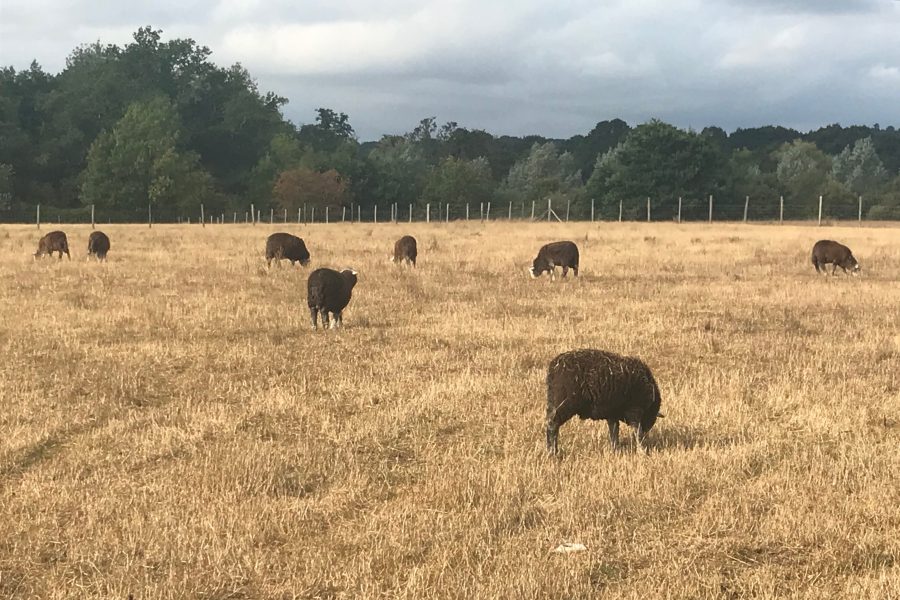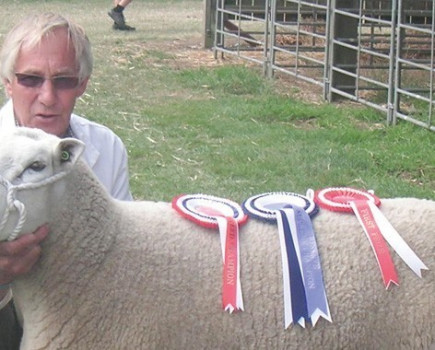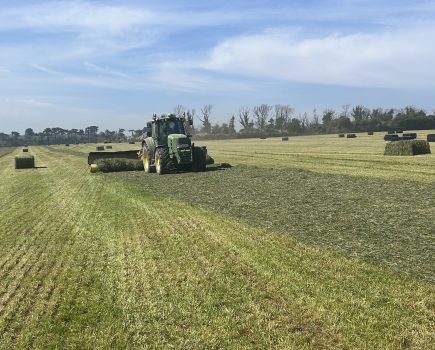Round, like a circle in a spiral, like a wheel within a wheel*
In a recent conversation a friend commented on how farming matters frequently tend to move in circles, although an ascending spiral would probably be more apt; in particular how a lot of the current changes within the industry reflect many of the practices of our forebears in those days before farming had such ready access to the range of synthetics, be they fertilisers or the arsenal of pesticides, herbicides and other assorted “…cides” that we now have at our disposal.
We were somewhat surprised at just how small some of those circles appear to be (a sign of age), having, at the beginning of our respective careers, seen the tail end of an era that now appears to be being “re-invented”. New sustainable trends are not quite the same “as our grandfathers did”; farming technology and science has progressed considerably in the intervening years with a commensurate growth in knowledge and understanding of how and why elements of those systems work. It is not, as some claim, a matter of merely “re-inventing”, a far too simplistic attitude that fails to recognise progress that has been made; the growing trend towards rather more sustainable practices is based largely upon readdressing many basic principles, employing the benefits that have arisen from the increased knowledge and understanding that has accrued.
When taken as a whole, the sheep sector has probably been the least reliant on the range of synthetics and agrichemicals available, not for any other reason than that it is, by its very nature, a sector that simply does not lend itself to the same levels of intensification as other areas. This certainly does not mean that sheep producers have been tardy in adopting new practices, quite the contrary. Who, 25 years ago, would have thought that sheep producers would be making widespread use of genomics and genetic profiling in the breeding of better-performing sheep? But it does mean that most sheep producers are more resilient and better placed to progress more readily to rather more sustainable production systems should they choose to do so.
Talking of 25 years ago, my first Sheep Topics page was in November 1998, and it is interesting to note that, back then, the sheep sector was going through a crisis; volatile trading conditions, additional slaughter costs resulting from the introduction of specifed risk material (SRM) regulations and their impact on EU export trade resulted in low producer confidence, reflected in disappointing prices at breeding and store sheep sales. Russia had added to the somewhat depressing situation at the time (how things move in circles) by curtailing the trade in sheep hides from Turkish processors, with a commensurate crash in the numbers of UK hides going into Turkey. Prices plummeted by about £9 per pelt, removing about a further 26p/kg from already depressed lamb market prices.
But it has forever been thus; the sheep sector, through hard work, innovation and changing practices, survived, as it always will. Sheep producers have of necessity always been good innovators. A good example of the innovative skills of producers is Frank Langrish, a well-known Romney breeder from East Sussex and ex-chair of the Wool Board who, fed up with his wool clip representing a net cost to the sheep enterprise, has decided that rather than just moan about the price of wool he should take some affirmative action.
Faced with two options, either remove the problem by going down the shedding route or improve the value of his wool clip, Frank’s background with the wool industry meant that the latter was the obvious choice.
Both fine and superfine wools retain a very strong global demand, with correspondingly good prices, and so with this in mind Frank’s aim is to move his Romney sheep into that fine wool bracket. The magic number is 30 microns; at or below that point the value of the clip doubles, which would elevate his wool clip from a net cost to a net gain; should he be able to reduce it further to 26 microns or less, that increase in the value of the wool would be four-fold.
Although the average Romney fleece hovers around the 32 to 34 micron level, Frank reckoned that, even allowing for the relatively high heritability of wool traits, it could take 20 years of selective breeding to reach this point; a timescale that, by the injection of a bit of New Zealand (NZ) genetics, could be reduced to five years. To this end Frank has imported 14 Snowline rams from NZ. A composite breed based largely on the Coopworth (Romney x Border Leicester) the Snowline is a hardy sheep, renowned for ease of lambing, unassisted in New Zealand, that will produce a meat lamb with a greater proportion of the carcass on the important rear end plus, most importantly, a finer wool bonus.
With financial support from Innovate UK for project Fabulous Fibre, Frank intends to work with other partners within the sector, including various industry organisations such as the National Sheep Association, to lift the quality of and, more importantly, the value of British wools, initially with the Romney but hoping over time to expand into other breeds such as the Cheviot and possibly the Lleyn.
*Those of a certain age will no doubt recall the musical origins of the title of this piece; others may recognise later cinematic or very much earlier biblical references.
For more like this, sign up for the FREE South East Farmer e-newsletter here and receive all the latest farming news, reviews and insight straight to your inbox.







